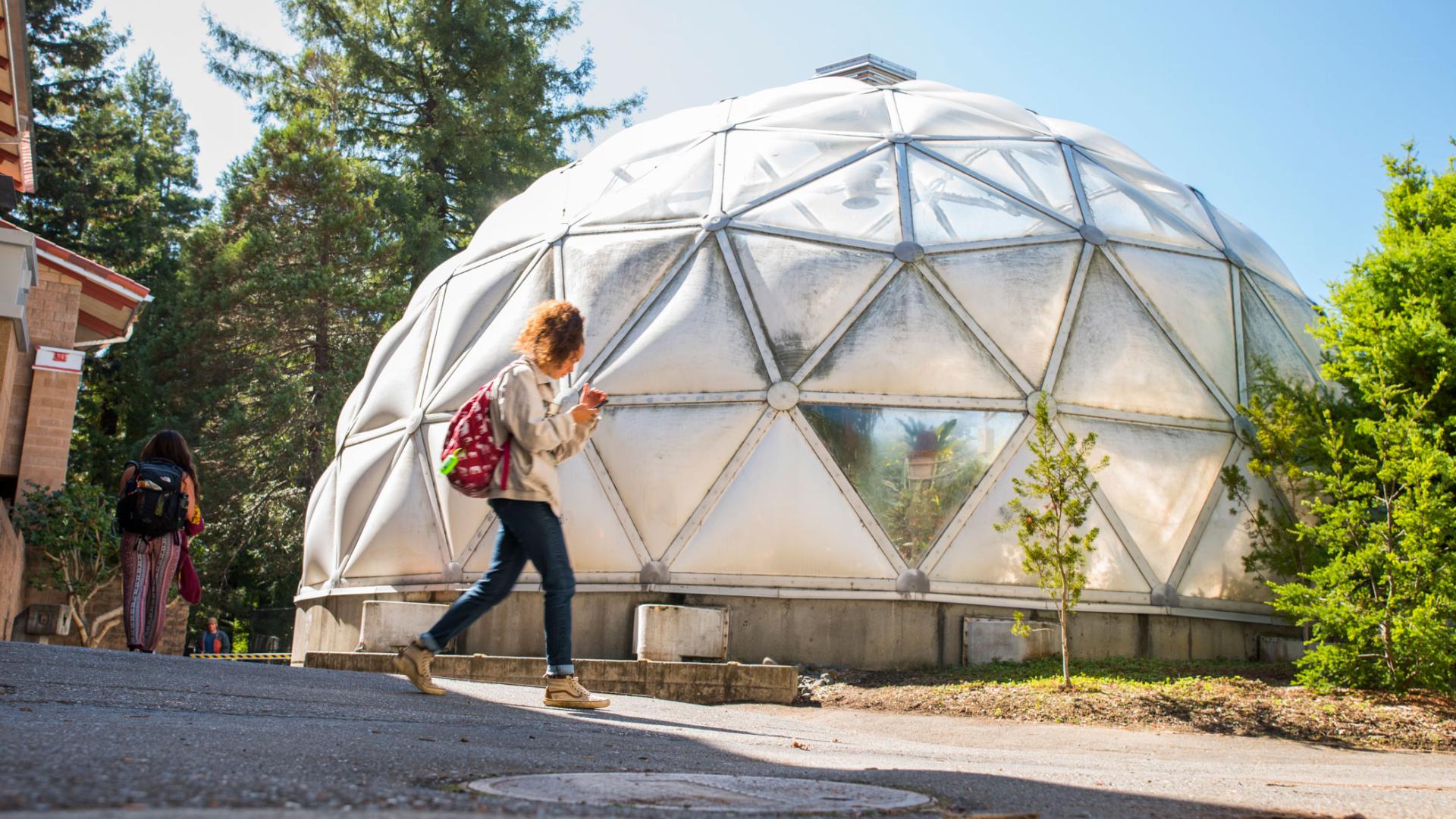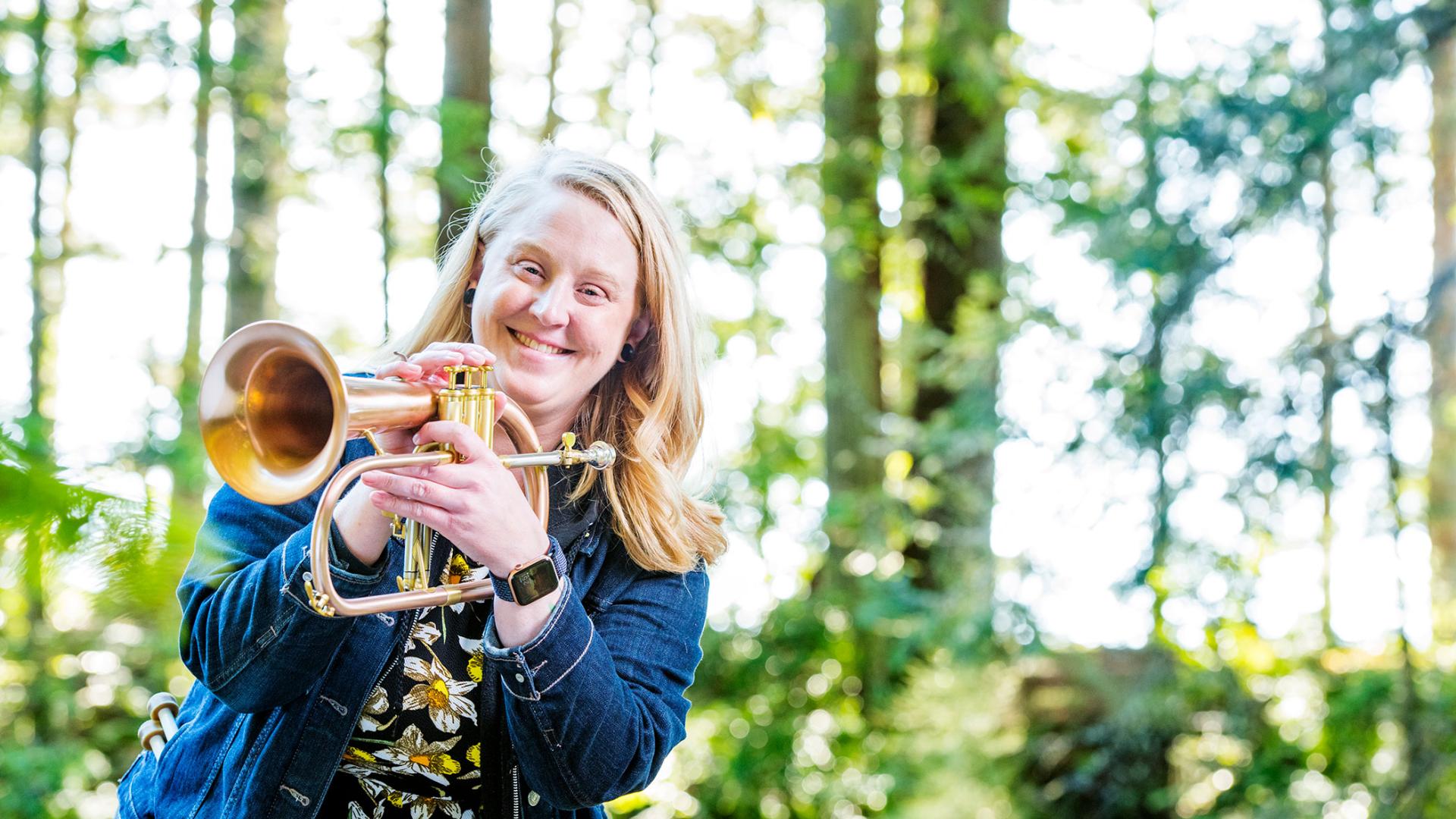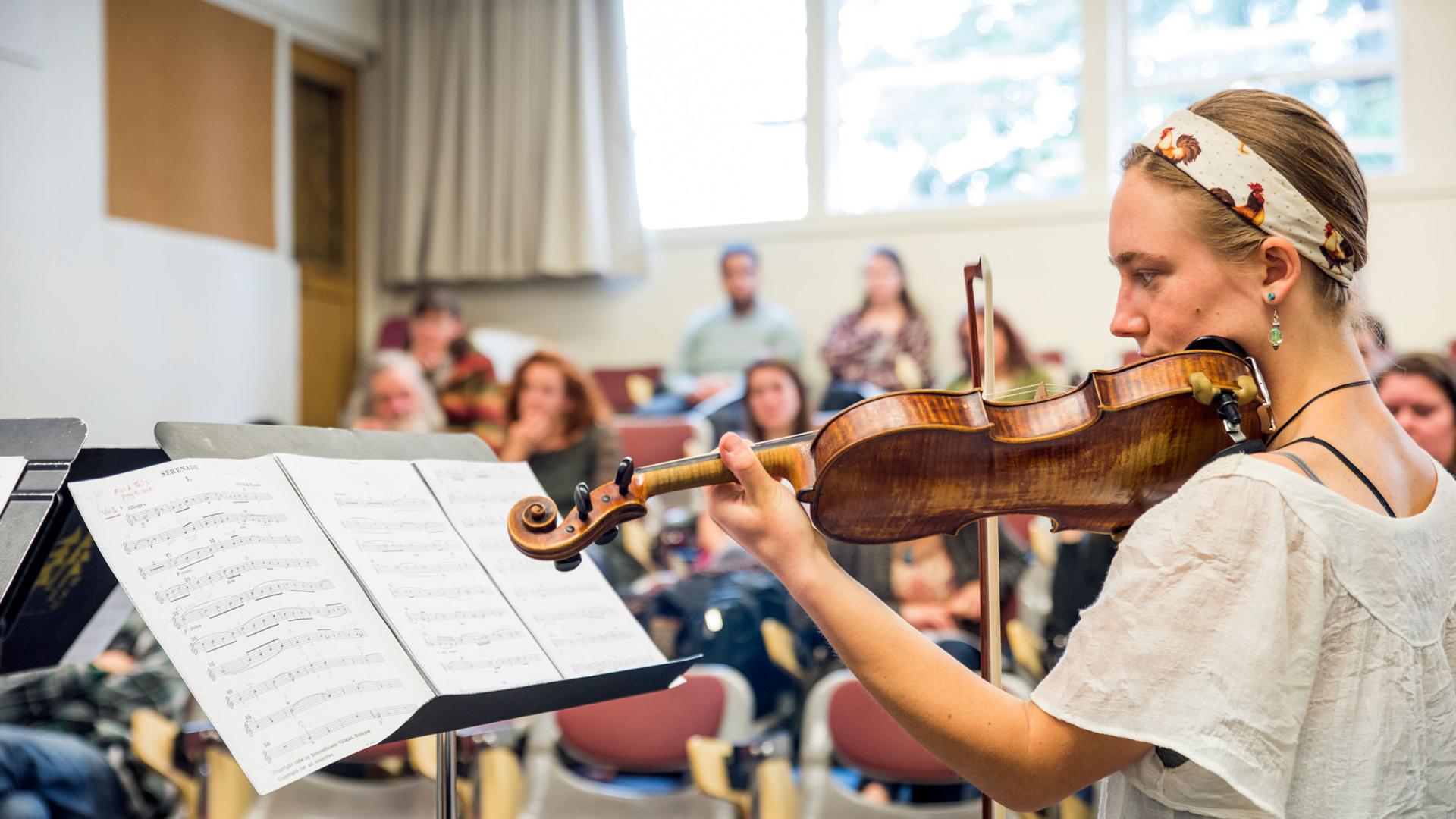May 3, 2024 | Digital Showcase | Humboldt Library
All Presenters & Abstracts
Red-Tailed and Red-Shouldered Hawk Habitat Usage Throughout Humboldt County
Presentation Year: 2023
Pouya
Kazemi,
Wildlife
Studying if the habitat type has an effect on the what age hawk will be using that territory, either adult or immature. Looking at four habitat types, open, forest, urban and water. There was no significance in habitat type in relation to age.
Redwood Coast Beer Trail
Presentation Year: 2023
Matthew
Gerber,
Kinesiology & Recreation Administration
From the primitively-brewed ‘steam beer’ of 19th century Eureka taverns, to the nano-brewed Hazy DIPA in a Crescent City warehouse today -- brewing culture remains a key social element and economic driver in Northern California's Redwood Coast. The Redwood Coast Beer Trail is an experiential destination marketing campaign that applies the principles of gastrotourism to advertise the robust craft brewery scene of Humboldt and Del Norte counties as distinct tourism assets. The Redwood Coast Beer Trail poster is a self-guided, self-paced wayfinding aide that empowers local and non-local visitors to experience the unique oddities and attributes of the region’s craft beer and cider producers.
Risk of Concussion Based on Position in Men’s and Women’s Collegiate Soccer
Presentation Year: 2023
Devin
Hauenstein,
Kinesiology & Recreation Administration
Identification of correlations between rates of concussion and soccer positions played will lead to improved safety protocols and athlete health. Improvements can be identified by understanding the minutes played per position as fatigue is a risk factor for obtaining a concussion, in training or in game conditions by men and women soccer players. PURPOSE: To determine whether a correlation exists between minutes of soccer played, soccer position played, and the incidence of concussion among men and women collegiate soccer players.
Rolling with Pollies: Soil moisture effect on recovery from conglobation in the Common Pill Bug, Armadillidium vulgare
Presentation Year: 2023
Jade
Coulter,
Wildlife
Pill bugs roll into a ball for more reasons than to protect themselves! They may also be conserving water, thermoregulating, or it may all be up to individual boldness. My research investigated whether soil moisture would affect the amount of time it took for pill bugs to unroll. I found that there was no correlation between sex, length, soil moisture, and the amount of time they spent rolled up. However, there was a great variation among individuals.
Safety Plan
Presentation Year: 2023
Alyssa
Lawrence,
Social Work
- KristinCiapusciSocial WorkGraduate Student
We collaborated with Dr. Bayan at Waterfront Recovery Services to create a post-discharge safety plan for patients. The safety plan will be used and implemented on each individual client to reduce substance use and create a life of sobriety.
SAL: A new method for modeling stream flow in small watersheds
Presentation Year: 2023
Jim
Graham,
Environmental Science & Management
Streams Across Lands (SAL) is a new stream flow modeling method for small watersheds. SAL is based on standard hydrological equations for water flow on the surface, through soil, and in stream channels. The model can be used with standard spatial datasets including Soil Survey Geographic Database (SSURGO, NRCS) and National Land Cover Data (NLCD). SAL was tested primarily within the Elder Creek watershed and showed a high level of correlation with the observed discharge at the USGS station. SAL includes an easy-to-use graphic interface within the BlueSpray GIS application and provides a variety of graphic outputs for use in watershed analysis and community outreach.
Salamander activity: The impact of abiotic factors on salamander movements in Northern California
Presentation Year: 2023
Luke
Leuty,
Wildlife
This poster focuses on studying the relationship between abiotic factors and salamander activity. We predict soil saturation to be the biggest factor influencing salamander activity. We also examine soil temperature, air temperature, daily precipitation, and accumulative precipitation and their affects on salamander activity.
Salamander Habitat Abundance Based on Water Flow
Presentation Year: 2023
Chris
Vignery,
Wildlife
A study related to finding out a relationship between the abundance of salamanders and the flow of water in the Arcata community forest.
Salamander occupancy according to log shape and condition in Humboldt County
Presentation Year: 2023
Riley
Tetzlaff,
Wildlife
For my research project I studied whether or not the shape and condition of a log effected the occupancy rate of salamander, and according to my data I was half right.
Sand Crab, Emerita analoga, Burrowing Time in Relation to Relative Abundance in Humboldt County
Presentation Year: 2023
Andrew
Cha,
Wildlife
Finding the relation between grain size and burrowing time of sand crabs at study sites of Samoa, Mad River, Moonstone, Clam and Trinidad state beach. Relative abundance is measured at each study site to determine if there is a correlation between grain size, burrowing time and habitat selection.
Scavenging Efficiency in Turkey Vultures (Cathartes aura) at Forested Sites
Presentation Year: 2023
Ephraim
Lowe,
Wildlife
Turkey vultures are well known for their incredible sense of smell due to their large olfactory bulbs, which are even larger than some mammals, such as rats. The study conducted compared the olfaction ability of turkey vultures to local mammals in the area by baiting sites in the Arcata Community Forest with carrion. It analyzed which species arrived to carrion sites first, and how weather, temperature, and humidity affected their ability to locate carrion efficiently.
Sculpture Walk Spring 2023
Presentation Year: 2023
Sondra
Schwetman,
Art
Sculpture Walk in the Library - students will display their art work on pedestals on the first floor of the library.
Seasonal Change in Foraging Behavior of Long-billed Curlew (Numenius americanus)
Presentation Year: 2023
Elena
Adams,
Wildlife
This study aimed to measure the proportion of time that long-billed curlews (Numenius americanus) were actively feeding, preening, roosting, walking, flying, or defending their territory. I hypothesized that the proportion of time that curlews were actively feeding would increase as they prepared for migration. Surveys were conducted along Humboldt Bay’s Elk River to determine if the proportion of time curlews were observed feeding increased from February to April 2023. Understanding foraging response is critical to understand the importance of winter habitats for this species.
Self Determination Theory in Adapted Physical Education
Presentation Year: 2023
Zachary
Norton,
Kinesiology & Recreation Administration
This research evaluates the success of utilizing Social Determination Theory (SDT) principles in an exercise program for disabled persons. According to SDT, social environments are essential for people to have autonomy, relatedness, and competence, which are essential for motivating exercise. In this study, the researcher looked into the exercise performance of an adult with Down Syndrome over a 6-week program held in a recreation facility in Northern California. The independent variables tested were walking, modified push-ups, and curl-ups. The findings of the study add to the existing literature on the efficiency of applying SDT for programming that caters to people with disabilities.
Self Determination Theory-Based Exercise Program for Individuals with Intellectual Disability
Presentation Year: 2023
Yaxeny
Moreno,
Kinesiology & Recreation Administration
The purpose of this study was to determine the impact of the three major components of self-determination theory (autonomy, relatedness, and competence) within a structured exercise program on the exercise performance of an adult with a disability. The study was conducted in the Student Recreation Center (SRC) with accessibility to the field house and the gym at Cal Poly Humboldt during a 6 week program. This study measures the total walking distance performed within 6 mins, as well as the number of push-ups, and the number of sit-ups performed in separate 1-minute opportunities.
Self-Determination Theory and Down Syndrome
Presentation Year: 2023
Peggy Manuelita
Scarborough,
Kinesiology & Recreation Administration
The purpose of this study was to determine the impact of self-determination theory and structured exercise program to increase exercise performance for two adults with Down syndrome.
Self-Determination Theory and Fragile X Syndrome
Presentation Year: 2023
Marcus
Romero,
Kinesiology & Recreation Administration
This study provides insight into the Self-Determination Theory with a participant with Fragile X syndrome and Autism Spectrum Disorder. This study utilized a single-subject research design which measured the exercised performance by looking at walking distance, push-ups, and curl-ups over five weeks.
Self-Determination Theory and Intellectual Disability
Presentation Year: 2023
Jacquelyn
Matthews,
Kinesiology & Recreation Administration
The purpose of this study was to increase physical fitness skills within adult populations with intellectual disabilities in the areas of walking, push-ups, curl-ups through a self-determination model. This was achieved through collaborative engagements with graduate-level students. Within this collaboration participants chose exercise goals and success criteria. An exercise program was established to increase participant skills over five sessions and teach participants how to be independent in their physical fitness endeavors and environments. The goal was to determine if experiences within this study would lead to increased skill level surrounding physical fitness through SDT.
Self-Determination Theory in Autism Spectrum Disorder
Presentation Year: 2023
Juliana
Jamison-Espinoza,
Kinesiology & Recreation Administration
This research aims to explore the efficacy of using Social Determination Theory (SDT) principles with an exercise program for individuals with disabilities. The SDT theoretical framework highlights the importance of social environments to support individuals' basic psychological needs such as autonomy, relatedness, and competence as it relates to exercise motivation. In the study, the researcher measured the exercise performance of an adult with Austum during a 6-week program hosted at a recreation facility in Northern California. The independent variables measured included walking, modified push-ups, and curl-ups.
Self-Determination Theory in Individuals with Disabilities
Presentation Year: 2023
Tylor
Davis,
Kinesiology & Recreation Administration
This research aims to explore the efficacy of using Social Determination Theory (SDT) principles with an exercise program for individuals with disabilities. The SDT theoretical framework highlights the importance of social environments to support individuals' basic psychological needs such as autonomy, relatedness, and competence as it relates to exercise motivation. In the study, the researcher measured the exercise performance of an adult with a disability during a 6-week program hosted right here at Cal Poly Humboldt! The independent variables measured included walking, modified push-ups, and curl-ups. Special thanks to everyone who contributed to this programs success.






